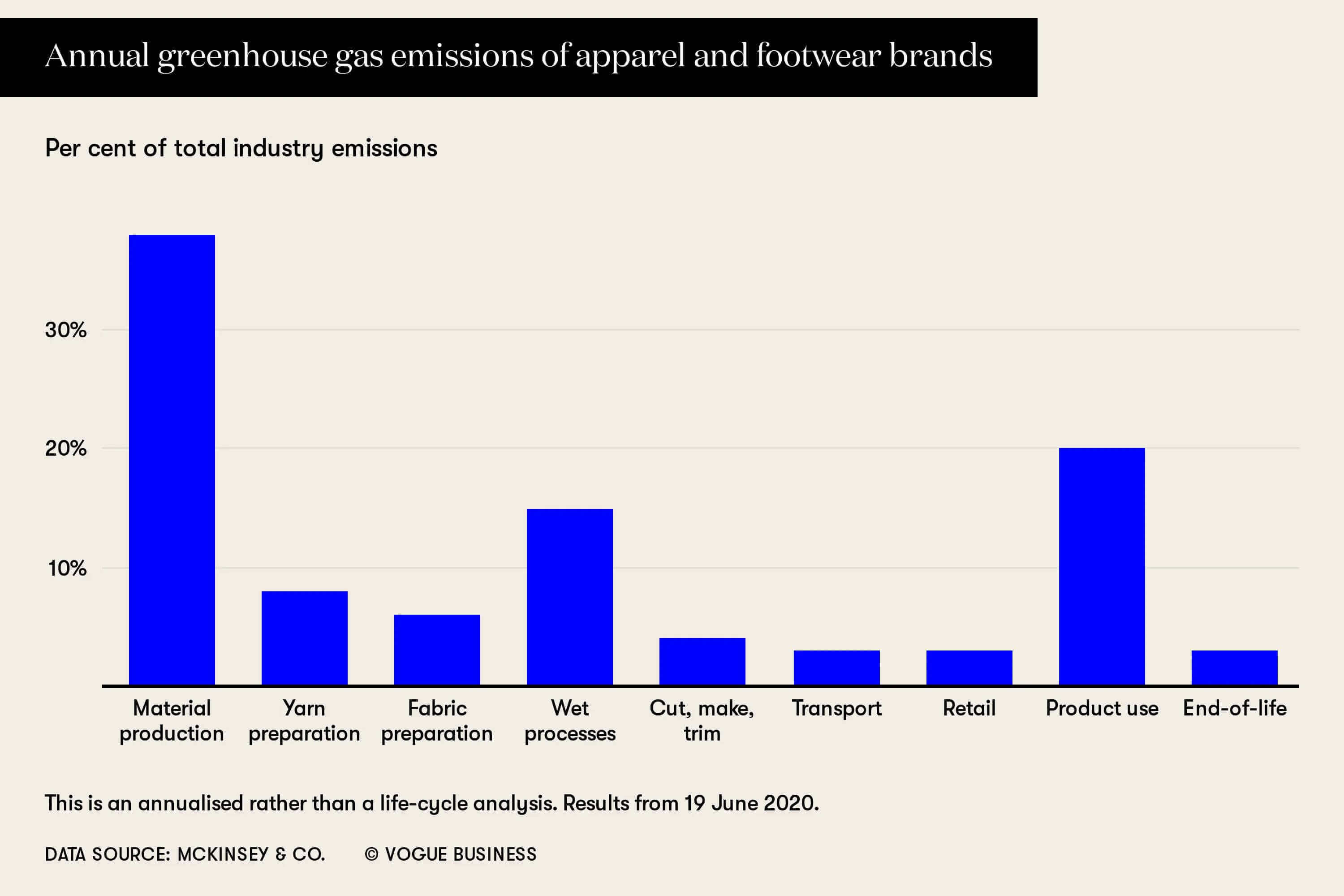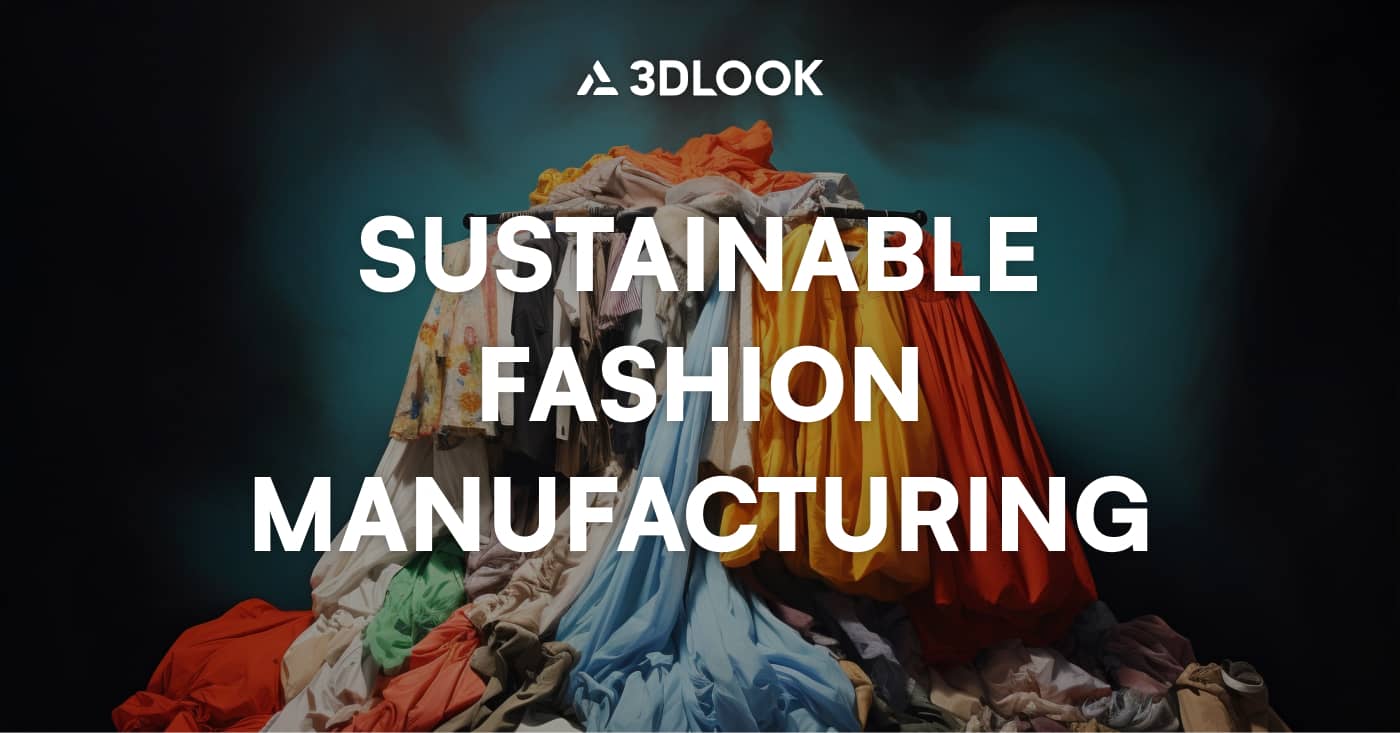Free returns are never really free: someone always has to pay
While free returns may seem like a good deal for consumers, the hidden costs are detrimental to our planet.


Share on

Many online stores offer free returns to entice customers to shop with them. In this case, free returns can significantly benefit customers, as it gives them the peace of mind of knowing they can return an item if they are not happy with it. However, free returns come at a cost to the environment and retailers’ wallets. This approach results in more shipping, which is damaging to the environment. It also implies that businesses must pay for return shipping, which can be rather costly.

Many online stores offer free returns to entice customers to shop with them. In this case, free returns can significantly benefit customers, as it gives them the peace of mind of knowing they can return an item if they are not happy with it. However, free returns come at a cost to the environment and retailers’ wallets. This approach results in more shipping, which is damaging to the environment. It also implies that businesses must pay for return shipping, which can be rather costly.
Free returns have become the norm for many online retailers, but this practice comes with a hidden cost — both for businesses and the environment.
When customers can return items at no cost, they are more likely to order multiple sizes or styles to keep only the ones they like. This practice, known as ‘bracketing’’, puts a strain on logistics and customer service teams, who must process and ship all unwanted items back to the warehouse. In addition, returns often come in damaged packaging, which can’t be reused. As a result, businesses end up spending more on shipping and handling and generate more waste in the process.
Free returns also encourage ‘wardrobing,’ or the practice of wearing an item once and then returning it. This creates a disposable culture of consumption, where people are more likely to buy something new instead of repairing or reusing an existing item.
While free returns may seem like a good deal for consumers, the hidden costs are detrimental to our planet. 3DLOOK expert sheds light on the issues around ‘free’ returns and explores why this trend may benefit consumers.

Image source: Freepik
Challenge of returns in the fashion: what do numbers say
While it’s true that many retailers offer free returns, that doesn’t mean there’s no cost involved. In fact, returns can be pretty costly for retailers, often eating into their profits.
So, what do the figures say? According to a survey by Pitney Bowes, online returns cost retailers an average of 21% of order value. That’s a significant chunk of change, and it’s often because of the fact that returned items are rarely sold at full price. The average order value for e-commerce purchases is $82. This means that returns represent about 18% of total sales for most retailers.
Despite these costs, free returns can be a powerful marketing tool. They help to build customer trust and loyalty, and they can encourage customers to spend more money per order. In fact, studies have shown that shoppers who know they can return an item are more likely to buy it in the first place. For these reasons, free returns are likely to remain a staple of online shopping for years to come.

Image Source: Project Cece
Environmental impact: what happens to the stuff that gets returned?
As the world becomes increasingly focused on the environment, many industries are under scrutiny for their impact on the planet. One industry that is often criticized is the fashion industry, which is estimated to contribute 10% of global greenhouse gas emissions.
A large part of this impact comes from returns; according to a recent study, the US alone generates 16m metric tons of CO2 yearly from returned goods.
When shoppers return an item, it often goes back on the shelf and sits there until it’s eventually sold at a discount or even shipped off to a landfill. Meanwhile, the retailer has to pay to have the item inspected and possibly repaired. And if the item is defective, that’s another cost entirely. All of this adds up, and retailers lose billions of dollars yearly on returns — they generate nearly 5.8 billion pounds of material waste every year. So next time you consider returning something, remember that it might not be as easy — or as free — as you think.
While some companies are working to reduce their environmental impact, others continue to rely on outdated practices that damage the planet. The fashion industry must do better if it wants to be sustainable in the long run. Consumers also have a role to play, as they can choose to support brands that are committed to reducing their environmental impact. By making more responsible choices, we can help to create a brighter future for our planet.

Image Source: Vogue Business
What prevents returns?
A study by the National retail Federation found that 8% of online orders are returned, compared to only 4% of in-store purchases. That’s a lot of extra shipping and handling. And it’s not just the retailers who suffer — all those returns use many resources, from the packaging to the fuel used to ship the items back and forth. So what can be done to lower return rates?
It is estimated that not all returns are shopper motivated — 73% of returns are caused by something that the retailer can do something about. Narvar study findings show the following results regarding what can prevent returns:
- 83% of shoppers said reviews from other customers
- 77% of shoppers said sizing charts or measurements
- 73% of shoppers said product photos and descriptions
- 66% of shoppers said seeing models of different shapes and sizes
One way to cut returns is to ensure that customers have all the information they need before making a purchase. That means providing clear product descriptions, multiple photos from different angles, and detailed sizing information. Customers should also be able to find this information on your website or app easily. If they have to hunt for it, they’re more likely to give up and move on to another retailer.
Whitney Cathcart, co-founder, and CSO of 3DLOOK, whose virtual fitting platform YourFit helps businesses provide consumers with well-fitting clothing and eliminate apparel returns, said returns are an integral aspect of the retail-consumer connection, but nobody wins with overbearing policies. A single return may not seem like much, but consumers are typically ignorant of the problem’s scale, which harms the environment and their wallets.
Ending free returns could boost manufacturers’ and consumers’ green fashion efforts while cutting consumer costs. Retailers must first analyze why free returns are vital to fashion buyers — namely, the option to try before they buy — and give an alternate way for customers to locate apparel they’ll love in sizes they’ll keep. Have a look at the brand Salewa, that has implemented 3DLOOK’s sizing solution:
Influence of return policy flexibility on purchase returns
As the cost of free returns continues to rise, more and more retailers are reevaluating their policies. Zara is the latest brand to announce that it will be ending free returns, following in the footsteps of Uniqlo and Next.
Currently, 62% of shoppers say they won’t buy from a retailer that doesn’t offer free returns, and searches for brands offering free returns have risen by 300% in the UK. This could spell trouble for Zara, as customers become increasingly picky about where they shop.
However, while it may seem counterintuitive, companies that do not offer free returns actually have an advantage over those that do. The reason is that free returns can be very costly for businesses in terms of the product itself and the shipping. By not offering free returns, companies like Zara can keep their prices low and their profits high. Additionally, customers are more likely to be cautious about purchasing if they know they will not be able to return it for free. As a result, they are more likely only to buy items that they are sure they will love, which benefits the company in the long run.
A company’s return policy can also be necessary to customers. In fact, a recent study found that about 67% of online shoppers check a company’s return policy before making a purchase. So what do customers like and dislike about return policies?
Generally speaking, customers prefer return policies that are clear, simple, and generous. They don’t want to jump through hoops to return an item, and they don’t want to be charged excessive fees. They also don’t want to be limited in terms of when they can make a return. However, there is a growing body of evidence that suggests that return policy flexibility has a significant impact on purchase returns. A number of studies have shown that consumers are more likely to return items if they believe they will be able to do so without any hassle or inconvenience. This is especially true for things that are expensive or that are not easily replaceable.
Сonsequently, return policy flexibility has a significant impact on purchase returns. This impact is because a flexible return policy can influence multiple factors, including the likelihood of return, the timing of return, and the overall satisfaction with the purchase.

Image Source: Insider
Wrapping up
Online apparel shopping comes with a unique set of challenges, chief among them the fact that customers can’t try on clothes before they buy them. As a result, many retailers offer free returns to alleviate customer concerns about sizing and ensure that they’ll be happy with their purchase.
Offering a virtual fitting room is one of the options available to a business for managing returns caused by poor fitting or wrong size. This may be an efficient approach to lower the volume of returns a retailer must handle.
Many online stores also offer free returns to entice customers to shop with them. In this case, free returns can significantly benefit customers, as it gives them the peace of mind of knowing they can return an item if they are not happy with it. However, free returns come at a cost to the environment and retailers’ wallets. This approach results in more shipping, which is damaging to the environment. It also implies that businesses must pay for return shipping, which can be rather costly.
Tags:
Fashion | sustainability
EXPLORE MORE CONTENT

Subscribe to our Newsletter
Offer your customers an entirely new, inclusive, and engaging way to interact with your brand
Offer your customers an entirely new, inclusive, and engaging way to interact
with your brand


Let us help you find the right solution for your business needs






